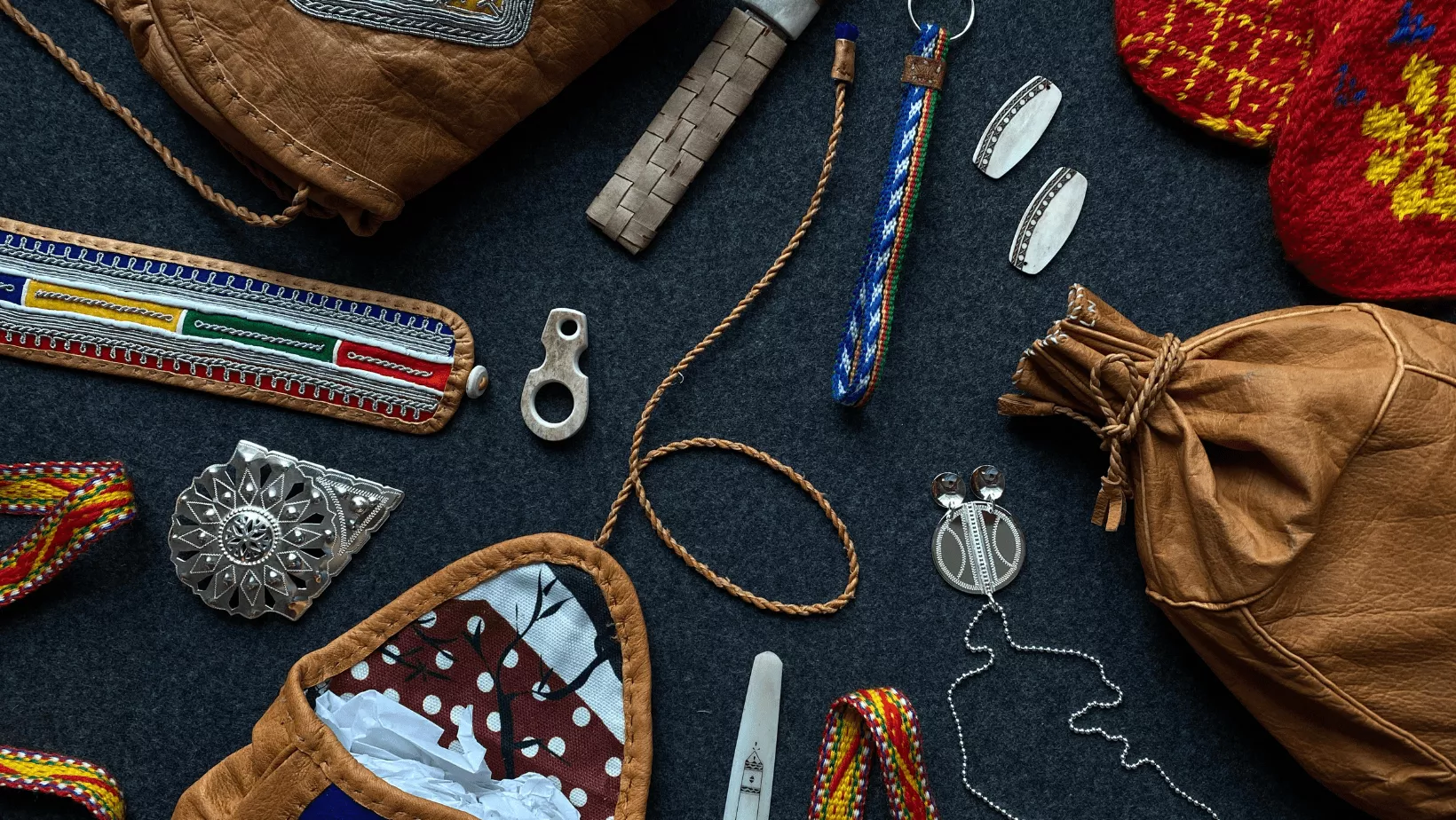Duodji/Duodje – traditional Sámi handicrafts

Duodji/Duodje – traditional Sámi handicrafts
I’m a new blogger on the EPALE platform. My blog posts will be based on northern Sweden and focus on Norrbotten. If you want to know more about this county, which covers a quarter of Sweden’s surface area, keep an eye out for them. The next post will be published at the end of August/early September.
My name is Margaretha Lindh and I have been head of the county museum in Norrbotten for six years, in Sweden’s most booming region. The green transition cannot have passed anyone unnoticed, with the change to manufacturing fossil-free steel, starting businesses, mining operations and urban relocation, just to name a few. I will return to these in later blog posts, how they are affecting the county and its residents. Today I’m going to take you to Jokkmokk and Ájtte, the Swedish Mountain and Sami Museum, and to the Sami education centre, to tell you more about how the indigenous Sámi handicraft tradition lives on.
In mid-May, the county’s network of museum directors met at Ájtte for a meeting and a tour of the museum, but particularly for a tour of the major Duodje exhibition of traditional Sámi craftsmanship. Sámi handicrafts, whether in hide, textiles, wood or metal, are called duodji in the North Sámi language, and duodje in Lule Sámi.

The exhibition at Ájtte displays utility objects and clothes from various times and areas. Tools and household goods are made from natural materials such as roots, birch bark and reindeer horn, just to name a few. In nomadic times, every object had a specific function and, when you look at older ones, it is clear they were adapted to how they would be transported so they take as little space as necessary.
Duodji is a craft that is still being developed by contemporary Sámi craftsmen and artisans, who base their work on Sámi cultural traditions in their choice of materials, patterns, colours and shapes.

Two quality labels are used to protect the high quality of duodji objects. They aim to strengthen Sámi craftsmanship and the competitiveness of Sámi business, i.e. that the item is duodji and was made by Sámi people.
Duodji knowledge and craftsmanship has been passed down from generation to generation, but it is now not as widespread or such a natural choice of occupation, which makes teaching it all the more important. We met students of all ages when we visited the Sami education centre, from about 20 to retirement age - all of them wanted to learn more about duodji.
You can study duodji for one or two years at the Sami education centre, and second-year students exhibit at Jokkmokk Market, but they also produce an annual exhibition at Ájtte as their spring show. The exhibition remains on display throughout the summer.
Now that traditional handicrafts are no longer passed down at home in the same way as before, the education centre is a fantastic source of knowledge, with meetings between skilled and professional craft teachers and interactions between students.
The centre also offers other courses, including Sámi language and reindeer husbandry, which are open to students from throughout Sápmi. Sápmi covers the northern regions of Norway, Sweden, Finland and Russia.
This summer, Norrbotten Museum is hosting the exhibition Förr, nu och i framtiden (Past, Present and Future). Katarina Spik Skum and Katharina ‘Katy’ Unga are the artists; both have been awarded the status of master in duodje. Their graduation work is what is on display at the museum, and visitors are treated to an amazing display of craftsmanship. Both masters work with duodje and with the applied arts. When they talk about where inspiration for their work comes from, they say that it is the future and family history, culture and nature that have shaped their artistic expressions. https://norrbottensmuseum.se/
|




